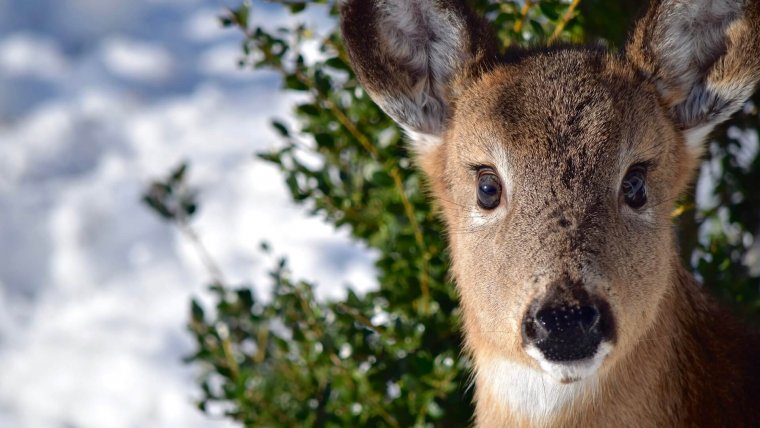
Do you have a love for animals? Maybe you own pets, livestock, or maybe you have birds that feed in your backyard. Maybe you really like taking photos of squirrels. Either way, this probably means you’d be interested in animal photography. Fortunately, this is not as hard as you may think. No matter what animal you’d like to photograph, there are some key guidelines to remember. This article will help you review those, and discusses tips to overcome the challenges involved with animal photography.
The three main guidelines we’ll discuss are:
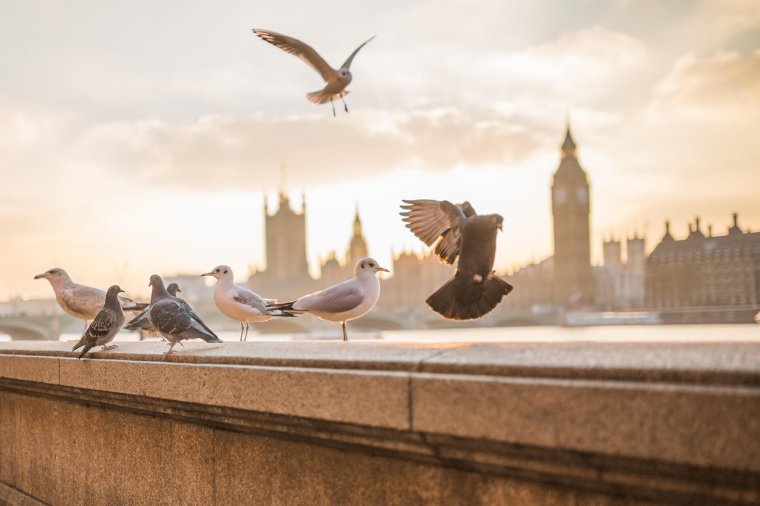
Without the background context, this would be just a simple photo of birds. But do you recognize the clock tower to the right of the image? That’s right, it’s Big Ben! Located in London, this is one of the most iconic clock towers in the world. By including Big Ben and the surrounding buildings in this photo, the photographer has given us, the viewer, background context. Background context helps the viewer to form a story around relating to the subject. In this case, the subject would be the pigeons. We now know that these pigeons frequently spend their afternoons contently in London, England. In order to achieve this, the photographer simply needs to look for a compositional angle that includes the background context – whether that’d be a street sign, famous building, or another landmark.
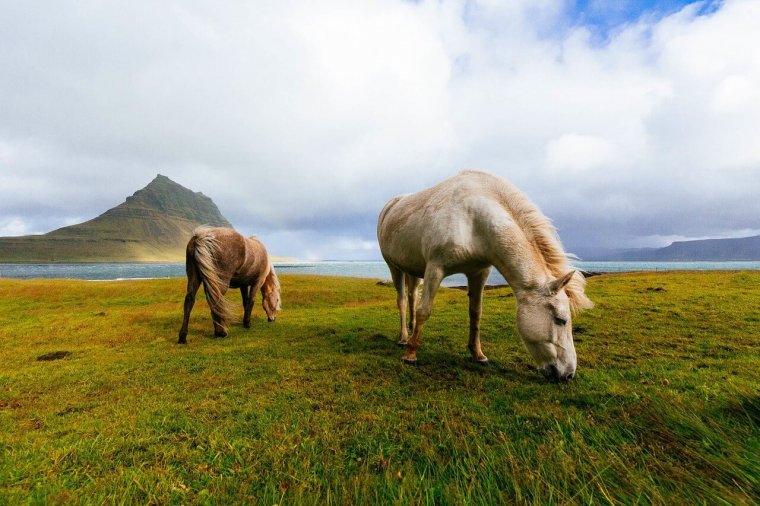
Famous landmarks are not the only way to include background context in your animal photography, however. In the photo above of horses grazing in the grassy plain, we see that the photographer used a wide-angle lens. Wide-angle lenses have short focal lengths, 35mm or less. This enables the photographer to not only include both horses, but also the surrounding natural area. This background context helps the viewer to get a feel for the location of the subjects – the horses.
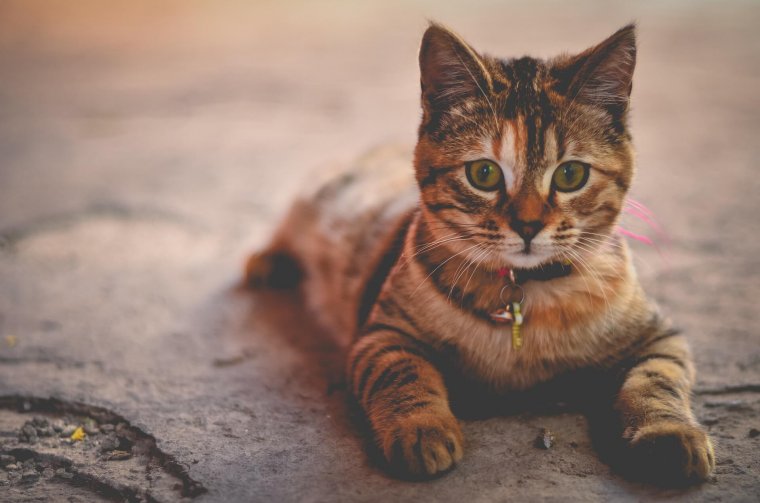
It’s important to remember to get down (or get up) to the eye-level of our furry companions. By doing so, a photographer captures the subject from it’s own perspective – whether that’d be low to the ground or higher up. Lowering our perspective helps the viewer to see eye-to-eye with the animal that we are photographing. It helps the viewer form a mental connection with the subject. Being at the same perspective as the animal we are photographing is also oftentimes a different perspective than we are used to seeing in photos. As a result, a more interesting photo is created when applying this guideline.
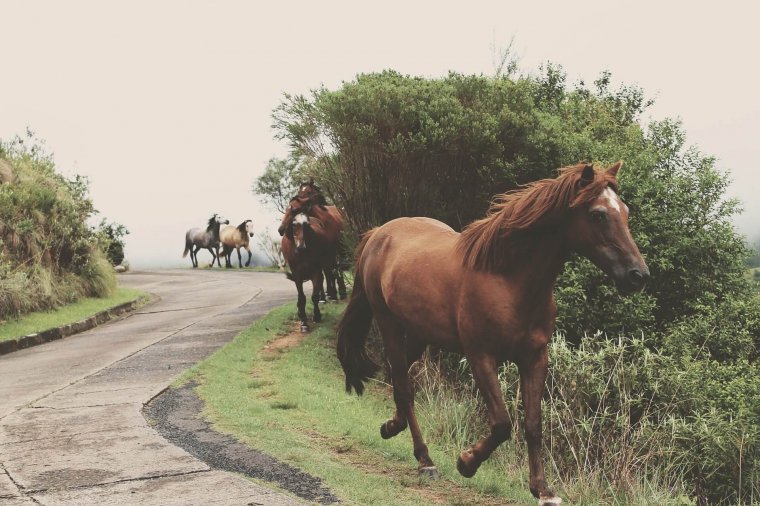
Animals are not always just sitting around. In fact, you’ll often encounter them eating, playing, running, or flying around in their natural habitat. These natural activities can often be captured on camera. For example, consider the photo above of horses trotting. We can infer that these are trail horses, since they are staying on the path that they were likely trained on. Nonetheless, the photo is quite impressive. The horses are caught mid-stride as they run along on the trail, with their manes blowing in the wind. As the next few photos also highlight, preparation is key.
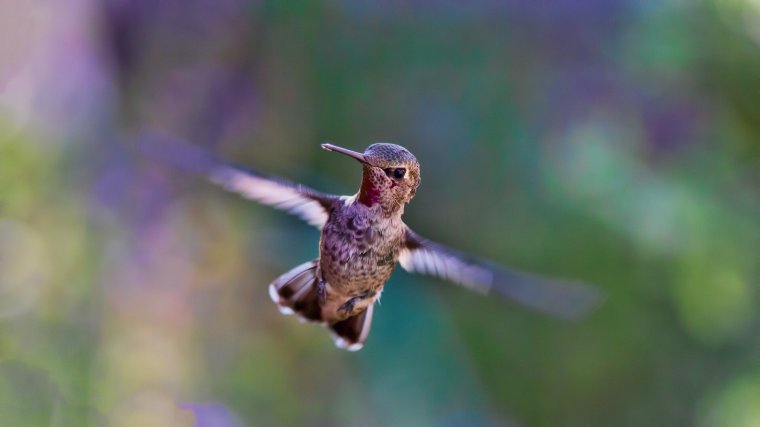
Believe it or not, this photo was not easy to capture on camera. Birds have a much smaller frame than many other animals. Hummingbirds, in particular, have a tougher flying pattern to distinguish than other birds. Despite all of this, there are ways to overcome these issues. First, the photographer needs to have the proper equipment for animal photography. This involves a camera with a fast-focusing lens, for example a 50mm or 85mm prime lens, if using an SLR. Second, the photographer needs to prepare for and anticipate where the bird is going. Is it feeding on some nectar? Where is the closest nearby nectar for it to feed on next? By doing so, the photographer will have the camera facing the general direction of where the bird flies or lands, ready to focus.
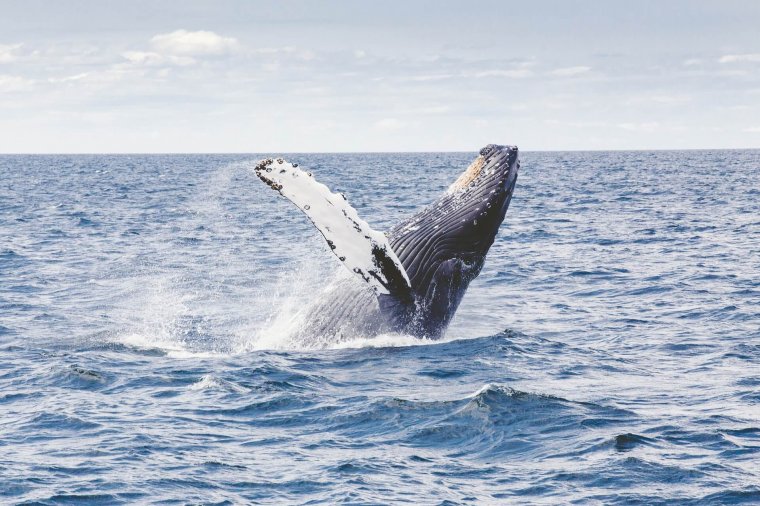
In this last photo, we see a humpback whale surfacing for air. The fact is, they don’t surface very often. Apparently, they surface on average every 7-15 minutes, but sometimes can remain underwater for up to 45 minutes. What do we learn from this as an animal photographer? Sometimes patience is required. A lot of patience. But the reward is surely worth it, as animal photos can be scenes that we see once-in-a-lifetime.
Happy shooting!
Comments (0)
There are no comments yet.